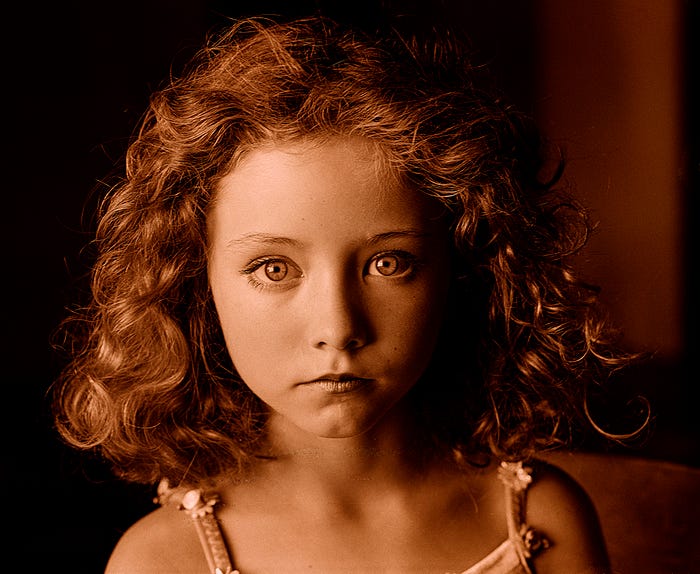
Rebecca Stewart — Alex Waterhouse-Hayward
For the photograph above I used a Mamiya RB-67 Pro-SD and a 140mm floating element macro lens. Film was Kodak Plus X. After scanning the negative(in RGB) I added red and yellow for the result. Below is the same picture without the colour.
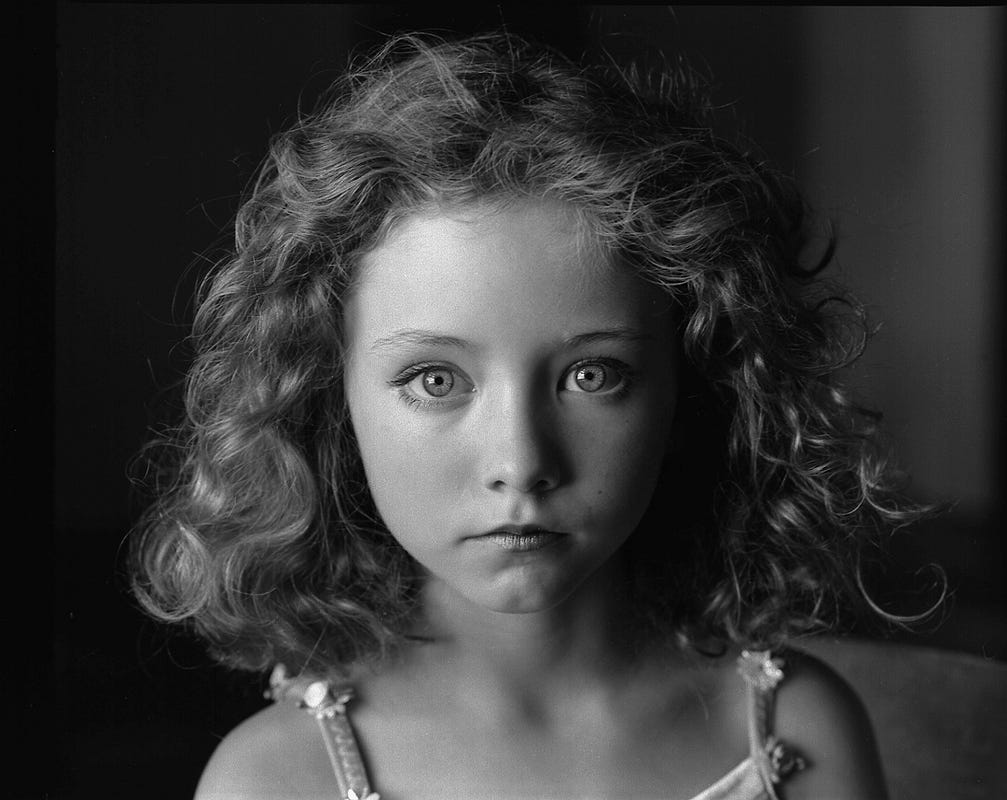
At
age 71 I am a former magazine photographer and writer in obsolescence
(redundant in British lingo) retired because at least here in Vancouver
and probably in the rest of Canada the era of paid photography is either
gone permanently or at best for a while.
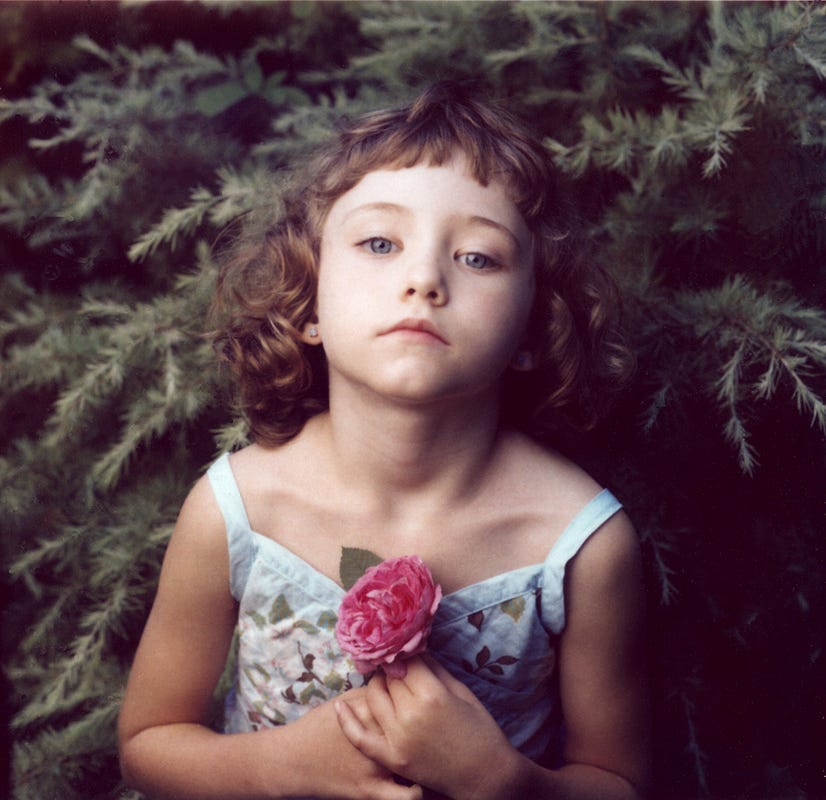
I
purchased my first camera an Agfa Silette in 1956 in a Washington DC
pawnshop. The first roll I used was Kodak Tri-X. I remember taking snaps
of the Parthenon replica in Nashville. The negative is long lost.
A year later after saving up with odd jobs in the boarding school I was attending, St Edward’s High School in Austin, Texas I spent $100 on a Pentacon F single lens reflex which came mail order from Olden Cameras in New York City.
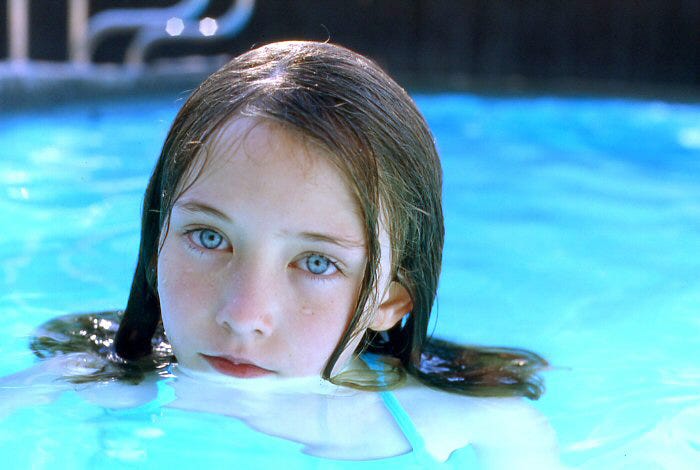
But
it wasn’t until I moved with my Canadian wife and two Mexican-born
daughters to Vancouver in 1975 that I became a photographer full-time.
In that job I have been sent all over the world on assignments, worked
for virtually every magazine around (except the National Geographic) and
had access to film stars, rock stars, directors, politicians and hoods.
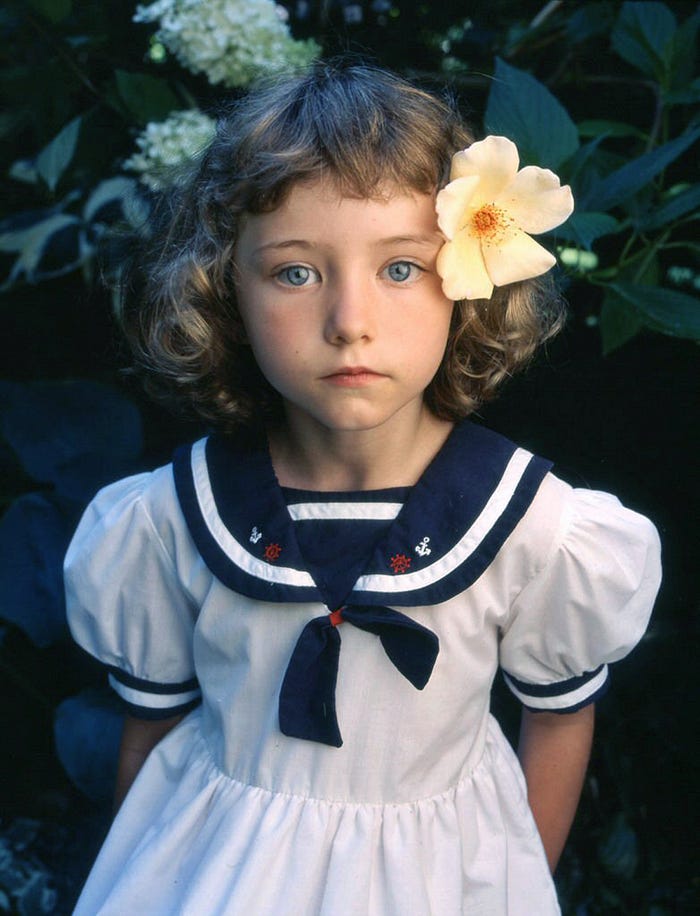
Until
three months ago my only digital camera was an iPhone 3G. I have taught
photography at several schools in Vancouver and I have never had the
need to tell my students that I did not own anything like the expensive
Nikon and Canon DSLRs they had in their hands.
Three
months ago, after having been urged by my wife, I finally purchased a
digital camera. I am extremely proud of my most sophisticated Fuji X-E1.
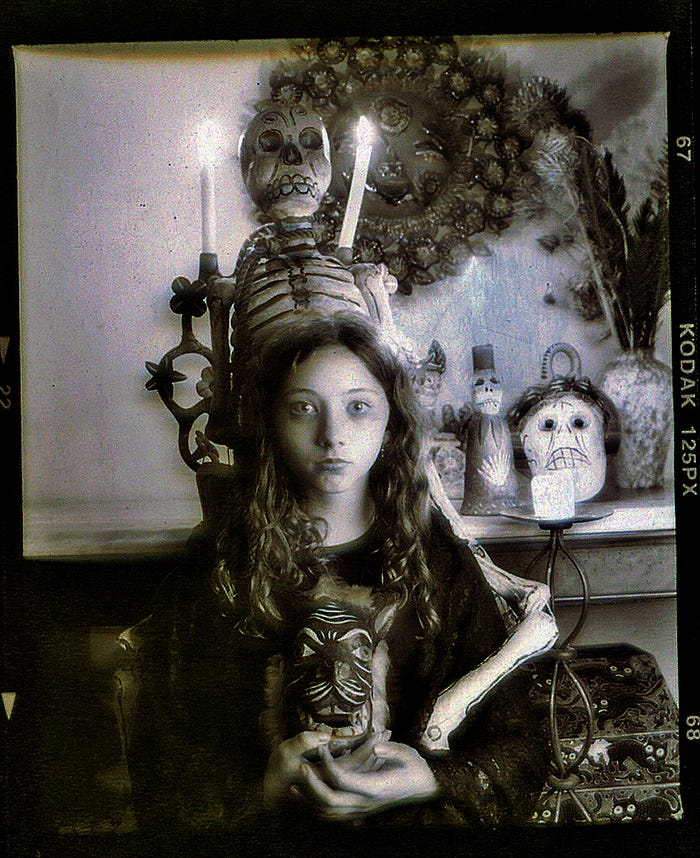
I
went to Buenos Aires a month ago and took the Fuji (along with two
Nikon FM-2 loaded with b+w and colour negative film). Because I have yet
to acquire anything like Lightroom I shot jpgs and I was satisfied,
even happy with my results.
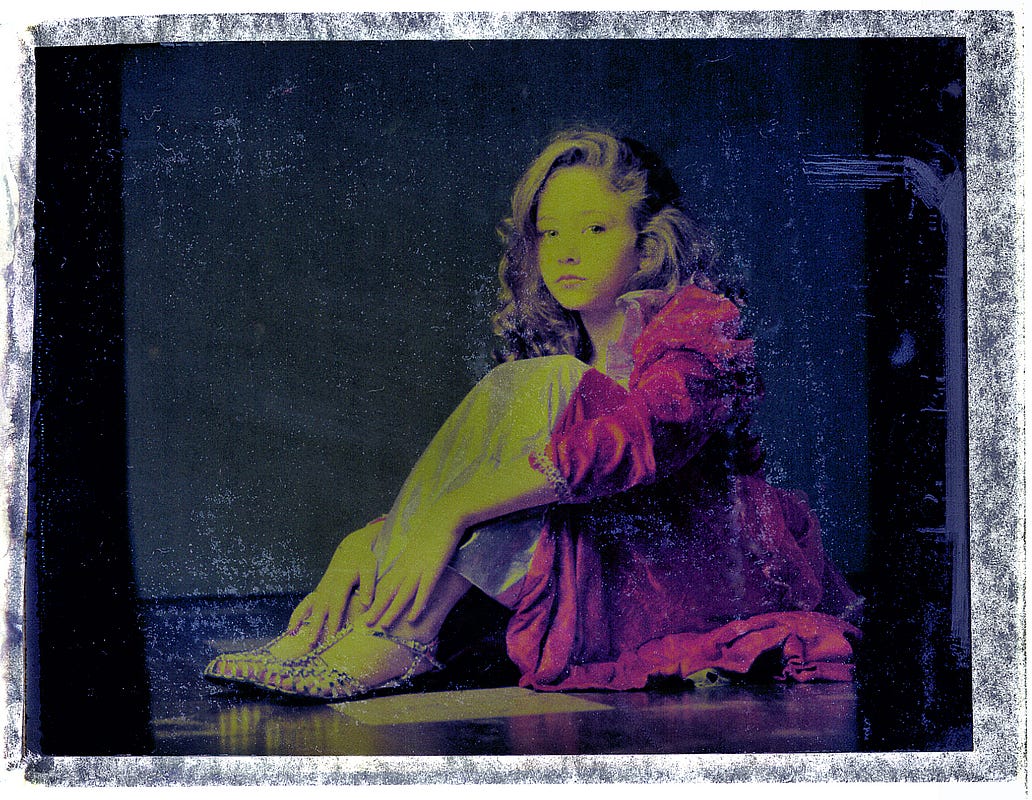
Just
a few years ago I did a lot of work for a local arts weekly. Work
diminished. In one assignment where I had to photograph some
Shakespearean actors I took some pictures with my iPhone 3G but I used
the modeling light of a 2x3 ft sofbox and placed my subjects on a
nondescript darkish wall. The folks at the magazine never noticed the
difference and even lauded me for sending them something that seemed to
be “different” from my usual.

Before
I left for Buenos Aires I shot a cover for the publication and five
inside shots with my Fuji. I did use a largish softbox and a good studio
flash. They never noticed the difference either

But
I had to adjust to the idea of still using the small camera on my big
tripod. When you shoot loose with a small camera you (or at least I did)
tend to have heads too close to the top or slice the fingers of my
subjects’ hands. For too long I have used a Mamiya RB-67 Pro-SD on a
tripod and I like to frame my shots carefully.
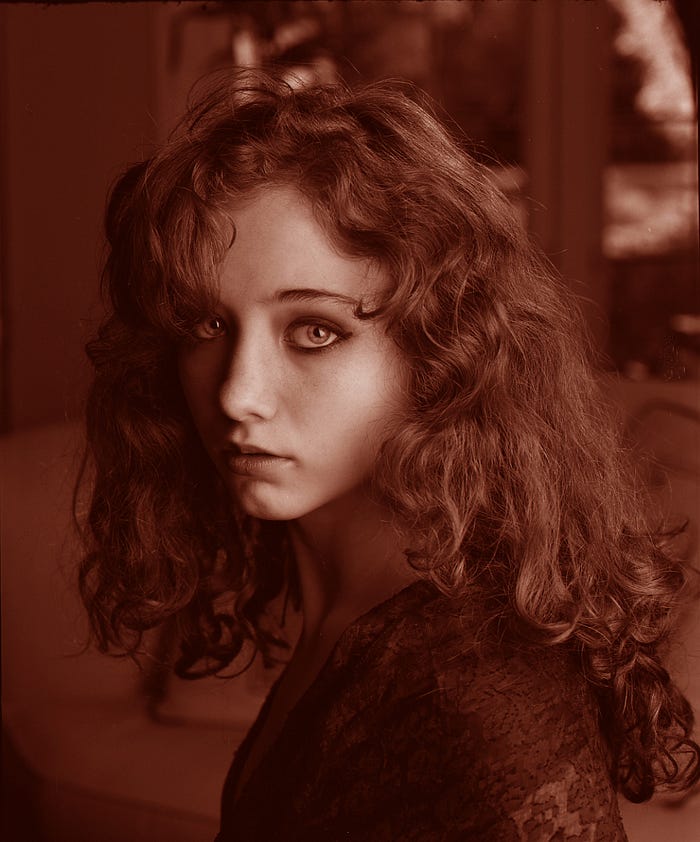
When
I shoot cover jobs for magazines I rarely take more than 20 pictures on
120 Ektachrome (now Fuji Provia). With my digital Fuji I shot the cover
with 8 exposures. I am not about to let that camera dictate how I am to
use it. I was frugal with film, I will be frugal with pixels!
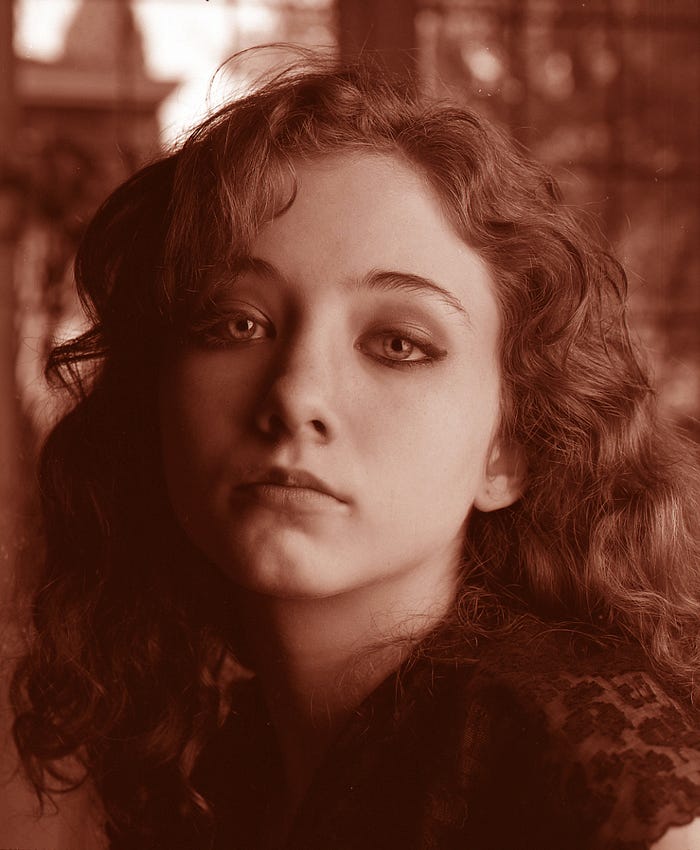
The
purpose of this essay, my first purpose-written for Medium.Com is to
clear misunderstandings that I have gleaned from reading some of the
interesting stuff in Click the Shutter. A few have written that
with an iPhone 5 you don’t need better equipment. Others decry the loss
of the analog system of taking pictures. Others, rightfully state that
the equipment is not as important as knowing how to use what one has. I
would only modify that last statement by adding that it is important to
note the limitations of the equipment being used. With that said I have
often loaded my heavy and largish Mamiya with Ilford 3200 ISO film and
hand held it as if the camera where a 35mm camera.

While
digital stitching has made the expensive swivel lens film cameras of
the past obsolete, I still believe my Noblex (it takes a negative or
slide that is 2¼ by 7 inches long) can take pictures that very good and
with a perspective different to the one of stitching.
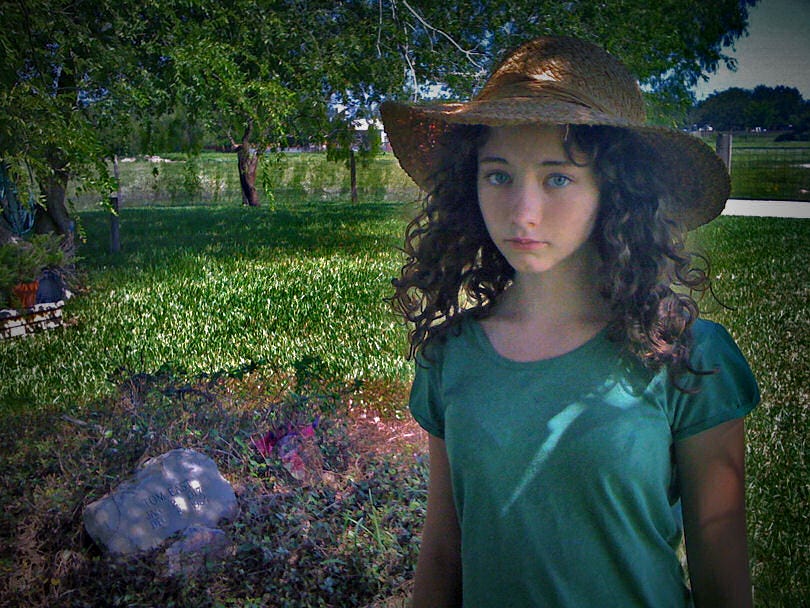
If
there is a problem with digital cameras it is the perception, mostly
thanks to their advertising, that says that with one of these in your
hands you can do anything. I would beg to differ as this eliminates the
idea of using lighting to control contrast and to impose on the picture a
bit of one’s personal style.
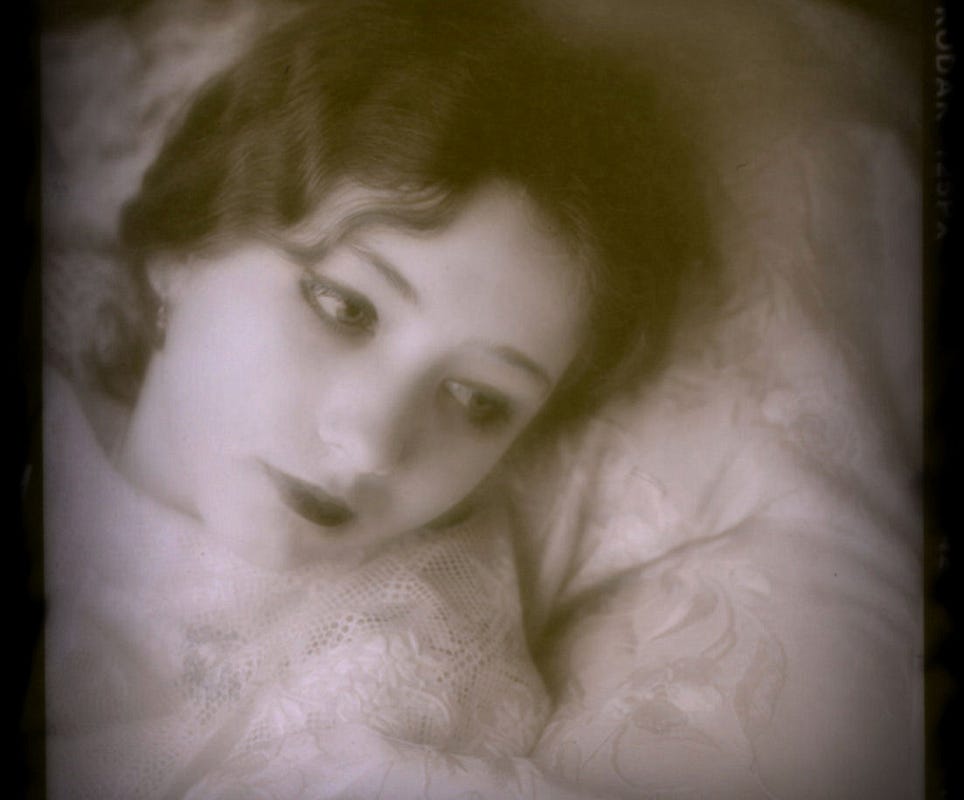
With
that said I will place here some portraits of my granddaughter through
the years and I will mention what I used and how I took them. Note,
especially, one photograph that I took with my 3G iPhone. If one
realizes the iPhones are most comfortable with low contrast situations
you will understand why my Rebecca sitting in a metal bench under a
conifer in a late afternoon looks so good. Slide film would have
rendered the scene a greenish blue. A digital camera, even a cheap one
with good white balance would have rendered the scene in the right
colour.There is a saying in Spanish (I am Argentine born):
El diablo sabe más por viejo que por diablo.
That translates to: the devil knows more not because he is the devil but because he is older. Something then has to be said for experience.
And lastly here in Vancouver we still have at least five labs that process colour negative and slide film in small and large formats. The b+w film I shoot, I process and print in my still functioning darkroom.